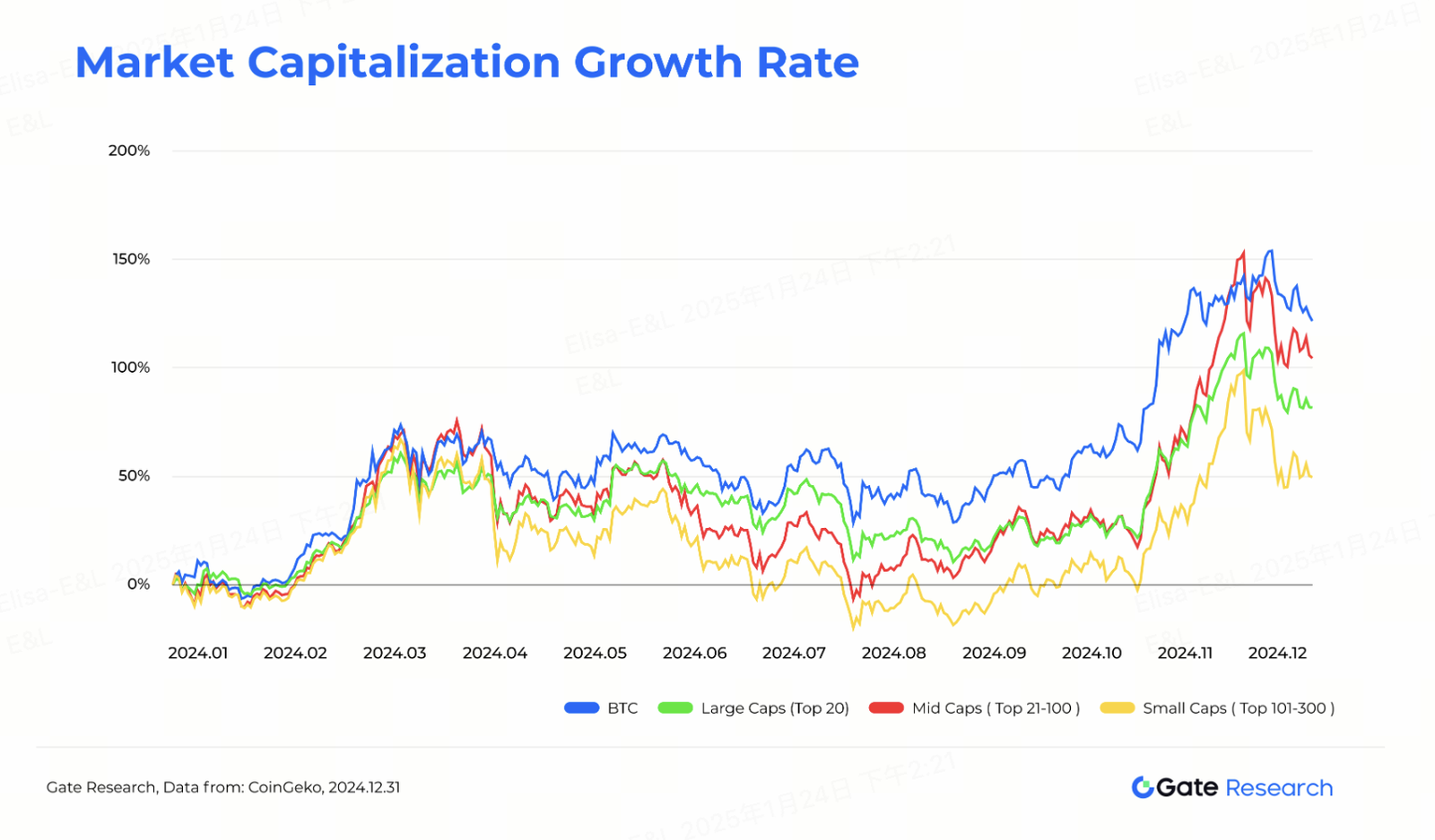Switching from Stocks to Cryptocurrencies: What You Need to Know

Understanding the Basics of Cryptocurrencies



Cryptocurrencies, often referred to as digital assets, represent a transformative shift in the financial landscape. Unlike traditional stocks, which are shares in a company’s ownership, cryptocurrencies are decentralized digital currencies that utilize blockchain technology. This underlying technology is a distributed ledger system that records all transactions across a network of computers, ensuring transparency and security. Each transaction, once verified, is permanently incorporated into the blockchain, unlike conventional stock exchanges, which rely on centralized control.
The main appeal of switching to crypto for many investors lies in the diversification and potential for high returns. Cryptocurrencies come in various forms, including Bitcoin, Ethereum, and countless altcoins. Each type serves distinct purposes within the ecosystem; for example, Bitcoin operates primarily as a store of value, while Ethereum enables smart contracts and decentralized applications. This diversity in functionality allows investors to tailor their portfolios based on specific attributes, providing an avenue for innovation and growth that traditional stock investments may not offer.
Mining plays a crucial role in the cryptocurrency market, wherein miners use computational power to validate and add transactions to the blockchain. This process not only secures the network but also introduces new coins into circulation, maintaining the balance between supply and demand. Additionally, transactions in the cryptocurrency arena require a different verification method compared to stocks, as they do not depend on a central authority. Instead, network participants reach consensus on transaction validity, which contributes to the overall reliability of the cryptocurrency market.
As one contemplates transitioning from stock to crypto investment, it becomes essential to grasp these fundamental concepts, which will provide a clearer lens for navigating the dynamic cryptocurrency landscape.
Comparing the Risks and Rewards
When evaluating the financial landscape, understanding the risk profiles associated with various investment options, such as stocks and cryptocurrencies, is crucial. Both markets offer distinct risks and rewards, which can significantly influence an investor’s portfolio strategy. The cryptocurrency market, known for its heightened volatility, presents a contrasting scenario compared to traditional stock markets. Price swings in cryptocurrencies can be dramatic, driven by factors such as market sentiment, technology trends, or regulatory developments. This volatility can yield extraordinary returns within a short span but can also lead to considerable losses for unprepared investors.
Liquidity is another key factor to consider when comparing stock to crypto investments. The stock market typically offers higher liquidity due to the vast number of participants and the established nature of exchanges. This means that selling stocks can generally be executed quickly and efficiently. Conversely, liquidity in the cryptocurrency market can fluctuate based on the specific asset and trading platform, sometimes hindering an investor’s ability to enter or exit positions swiftly. A careful assessment of liquidity is essential for those considering switching to crypto.
Additionally, the potential for high returns remains an enticing aspect of the cryptocurrency market. Although both markets possess the capability for significant gains, cryptocurrencies have, on occasions, outperformed stocks, attracting investors seeking high-growth opportunities. However, these opportunities come with notable regulatory risks. The unregulated nature of many cryptocurrencies can expose investors to sudden changes in legislation, potentially impacting asset values. To effectively manage these risks, strategies such as diversification and thorough risk assessment must be implemented. Diversification involves spreading investments across various cryptocurrencies and other asset classes, while risk assessments help gauge potential impacts based on market trends and individual investor profiles.
By comprehensively evaluating these risk and reward dynamics, investors can make informed decisions when transitioning from stocks to cryptocurrencies.
Setting Up for Cryptocurrency Investment
Transitioning from traditional stock investments to the dynamic world of cryptocurrency involves several preparatory steps to ensure a successful and secure entry. The first and foremost action is selecting a reliable cryptocurrency exchange. Numerous platforms are available, each offering different features, security measures, and fees. It is crucial to choose an exchange that is reputable and widely recognized in the cryptocurrency market to mitigate risks associated with fraud and volatility. User reviews, regulatory compliance, and the availability of customer support can serve as valuable indicators in this selection process.
Once a cryptocurrency exchange has been established, the next essential step is to set up a digital wallet. This wallet serves as a secure storage solution for your cryptocurrencies and is vital for safe investment practices. There are different types of wallets, such as hardware wallets, software wallets, and mobile wallets, each with distinct functionalities and security levels. Depending on investment intentions and frequency of trading, one should choose a wallet that best suits their needs, keeping in mind the importance of security features like two-factor authentication and backup options.
Additionally, it is essential to understand the transaction fees associated with each exchange. These fees can fluctuate widely among platforms and can impact overall investment returns. Investors must review and account for these potential costs when making decisions about switching from stocks to crypto investment.
As part of the preparation process, identifying suitable cryptocurrencies to invest in is paramount. The cryptocurrency market is teeming with options, and a thorough examination of the top coins, their market capitalizations, and use cases is recommended. Conducting proper research and due diligence is critical before moving forward with investments, as these measures can help in making informed decisions that align with financial goals and risk tolerance.
Integrating Cryptocurrency into Your Investment Portfolio
As investors increasingly consider switching to crypto from traditional stocks, integrating cryptocurrencies into an existing investment portfolio requires thoughtful planning and strategy. Understanding how to effectively blend these two asset classes—stocks and cryptocurrencies—can help investors diversify and potentially increase their returns in an evolving financial landscape.
Asset allocation is a central aspect of integrating cryptocurrencies into your investment strategy. A well-structured portfolio should clearly define the percentage of assets allocated to cryptocurrencies in relation to stocks, taking into account your risk tolerance and investment goals. Many financial advisors recommend starting with a small allocation—typically between 5% and 10% of the total portfolio—before gradually increasing exposure as one becomes more familiar with the cryptocurrency market.
Timing the market for cryptocurrencies is notably unpredictable. Therefore, market entry should be approached with careful consideration. A recommended strategy is dollar-cost averaging, wherein investors regularly purchase a fixed dollar amount of cryptocurrency regardless of its price fluctuations. This method can mitigate risks associated with volatility, enabling a more level-headed approach to when to buy or sell cryptocurrencies.
Balancing a portfolio that includes both stocks and cryptocurrencies requires ongoing assessment of performance. Investors should consistently track the performance of their assets, comparing cryptocurrency returns against traditional stock market benchmarks. This ongoing evaluation helps inform decisions on rebalancing the portfolio, ensuring that neither asset class disproportionately dominates in times of market growth or decline.
Furthermore, understanding the tax implications of cryptocurrency investments is crucial, as regulations vary significantly by location. Asset sales, including crypto transactions, may incur tax liabilities that differ from traditional stock investments, necessitating the importance of thorough research and possibly consulting with a financial advisor. By maintaining a long-term investment outlook, investors can navigate the complexities of both the cryptocurrency market and stock market effectively, ultimately positioning themselves for potential growth in their portfolios.










